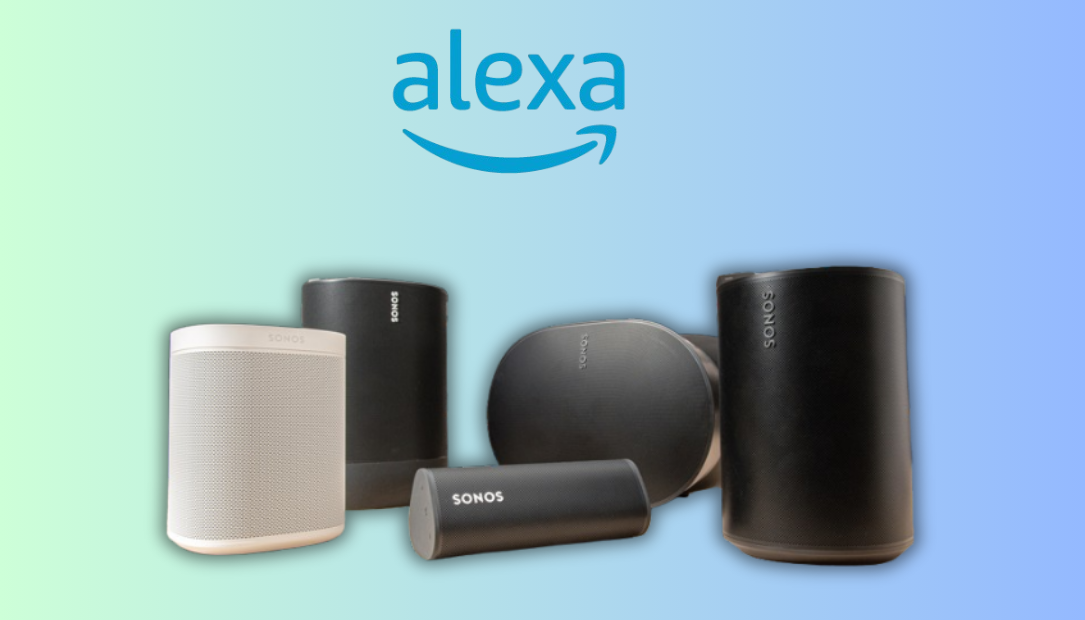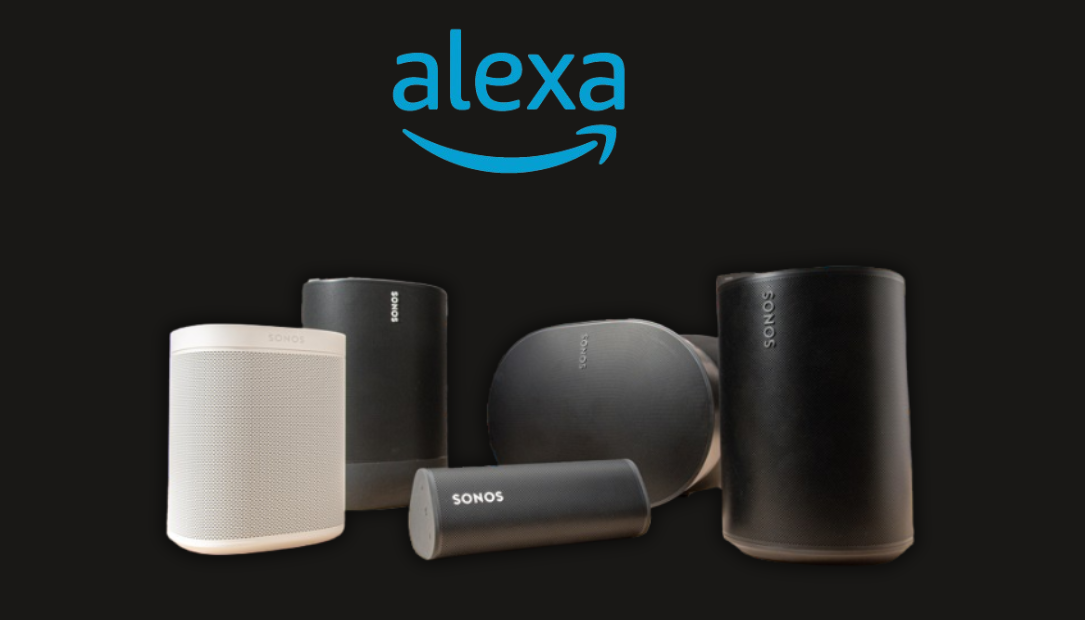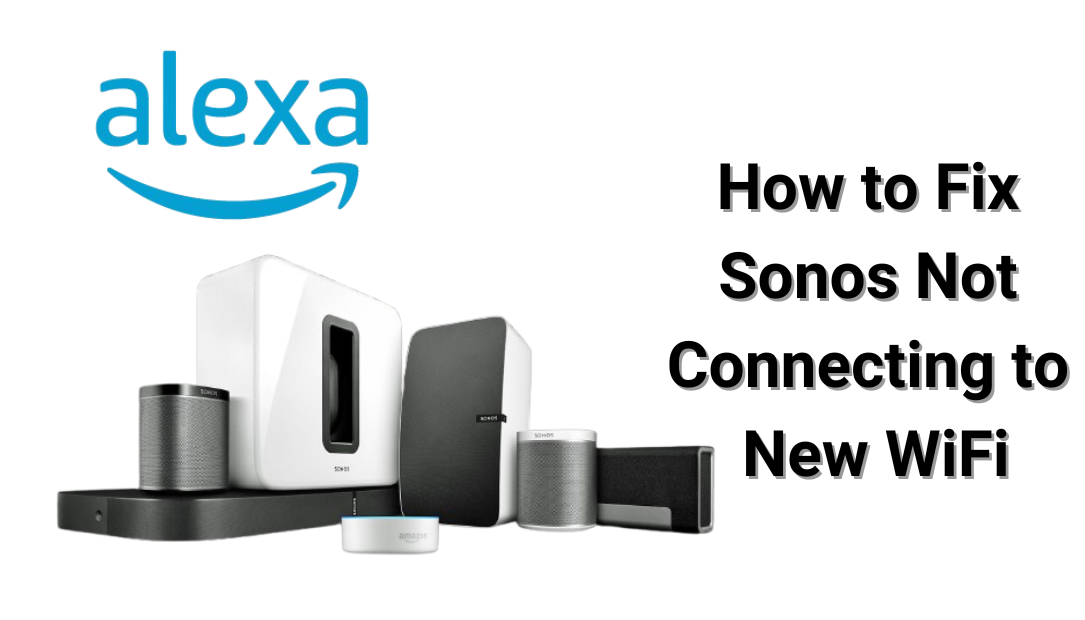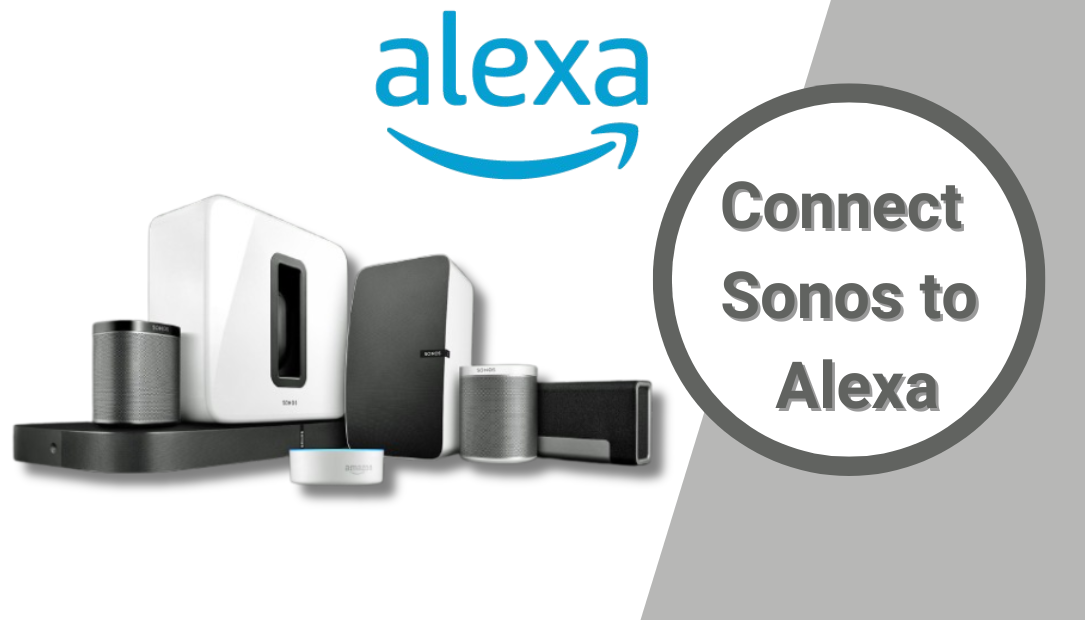Sonos has revolutionized our sound experience, providing unmatched audio quality through their smart speakers. Whether you’re streaming your favorite playlist, enjoying a podcast, or hosting a party, connecting your Sonos speaker to your phone ensures convenience and uninterrupted entertainment.

This guide dives into the detailed process of how to connect your Sonos speaker to your phone for seamless audio streaming, including troubleshooting common issues and optimizing your connection.
Preparation Checklist
Before starting, ensure you have:
- Sonos App: Download the Sonos app from the Apple App Store or Google Play Store.
- Updated Firmware: Update your Sonos speaker and app to the latest version for compatibility.
- Wi-Fi Access: Most Sonos speakers operate on Wi-Fi. Ensure your phone and speaker are on the same network.
- Bluetooth Capability: If Wi-Fi isn’t available, confirm that your Sonos speaker supports Bluetooth.
How to Connect Your Sonos Speaker to Your Phone via Wi-Fi
Set Up the Sonos App
- Download and install the Sonos app on your phone.
- Open the app and sign in or create a Sonos account.
- Follow the on-screen prompts to set up your Sonos system.
Power On Your Speaker
Ensure your Sonos speaker is plugged in and powered on. The LED indicator should blink white, signaling that the device is ready for setup.
Connect the Speaker to Your Network
- Open the Sonos app and tap Settings (gear icon).
- Select System > Add Product.
- Follow the app’s instructions to connect the speaker to your Wi-Fi.
- Confirm the connection by playing a test audio clip through the app.
Use the Sonos App for Playback
Once your speaker is connected:
- Open the Sonos app.
- Choose your favorite streaming service or browse local audio files.
- Select the connected speaker for playback.
How to Connect Your Sonos Speaker to Your Phone via Bluetooth
For models like the Sonos Move or Sonos Roam that support Bluetooth, follow these steps:
Activate Bluetooth Pairing
- Place your speaker in Bluetooth pairing mode.
- For the Sonos Move: Press and hold the Bluetooth button until the LED flashes blue.
- For the Sonos Roam: Hold the power button until the LED flashes white and blue alternately.
- Keep the speaker within 10 feet of your phone for a stable connection.
Pair with Your Phone
- On your phone, open Settings > Bluetooth.
- Locate your Sonos speaker in the list of available devices.
- Tap on the speaker name to connect. The LED will turn solid blue once the connection is successful.
Stream Audio via Bluetooth
After pairing:
- Open any audio app on your phone.
- Select the playback device as your Sonos speaker.
- Enjoy high-quality audio, even without Wi-Fi.
Optimizing Your Connection for the Best Experience
- Adjusting Sound Settings: Use the Trueplay Tuning feature in the Sonos app to optimize the audio output for your environment. This feature customizes the speaker’s sound profile based on room acoustics.
- Multi-Room Audio: If you own multiple Sonos speakers, use the app to group them for synchronized audio across rooms. This feature works seamlessly over Wi-Fi.
- Using Voice Assistants: If your speaker supports Alexa or Google Assistant, integrate these features through the Sonos app. This allows hands-free control for music, smart home devices, and more.
Why Connect Your Sonos Speaker to Your Phone?
Connecting your Sonos speaker to your phone brings a plethora of benefits:
- Streamlined Control: Use the Sonos app or native audio apps on your phone to control playback, adjust volume, and manage audio queues.
- Access to Multiple Services: Enjoy streaming from platforms like Spotify, Apple Music, or YouTube Music directly from your phone.
- Portability: If your Sonos speaker supports Bluetooth, you can carry it outdoors or to locations without Wi-Fi while staying connected to your phone.
- Voice Assistant Integration: For speakers with built-in Alexa or Google Assistant, connecting to your phone expands voice command capabilities.
Troubleshooting Common Issues
- Sonos Speaker Not Detected: Restart your speaker and phone. Ensure both are on the same Wi-Fi network.
- Bluetooth Connection Fails: Reset the Bluetooth pairing process by forgetting the device on your phone and re-pairing.
- Audio Playback Lag: Reduce interference by minimizing the number of devices on the Wi-Fi network or using a 5 GHz band for faster speeds.
- Sonos App Connectivity Issues: Reinstall the app or clear its cache to resolve glitches.
FAQs About Connecting Sonos to Your Phone
Can I Use My Sonos Speaker Without Wi-Fi?
Yes, models like the Sonos Move and Sonos Roam support Bluetooth for offline use.
How Many Devices Can I Connect to a Sonos Speaker?
Multiple phones can control a Sonos system via the app, but only one Bluetooth connection is allowed at a time.
Can I Stream Directly from Spotify or YouTube?
Yes, you can use the native apps to stream audio directly to your Sonos speaker using Spotify Connect or AirPlay (for iOS).
Conclusion
Connecting your Sonos speaker to your phone unlocks a world of audio possibilities, blending convenience and premium sound quality. Whether you’re streaming over Wi-Fi or using Bluetooth for portability, the process is straightforward and rewarding.
With this guide, you’re equipped to enjoy seamless audio streaming and make the most of your Sonos experience.


